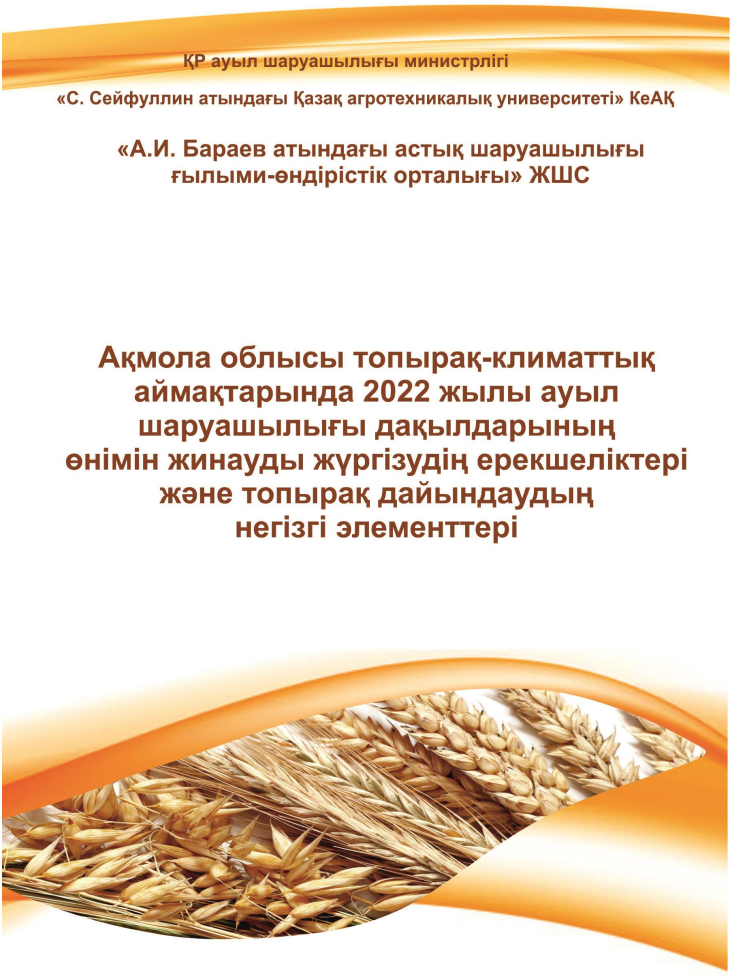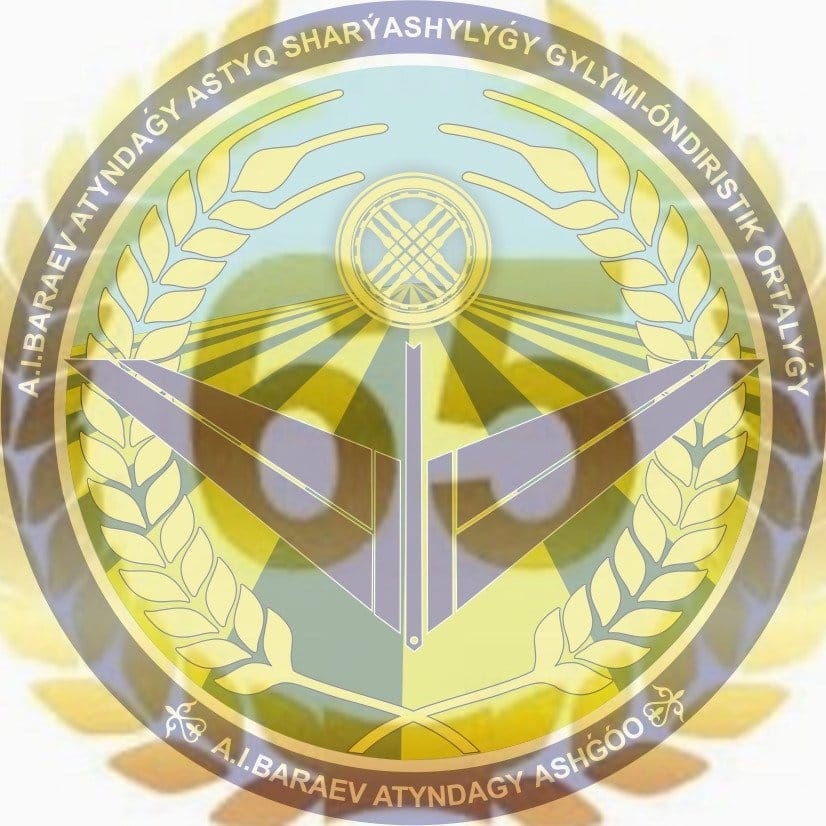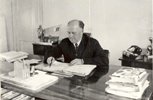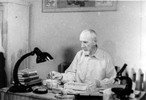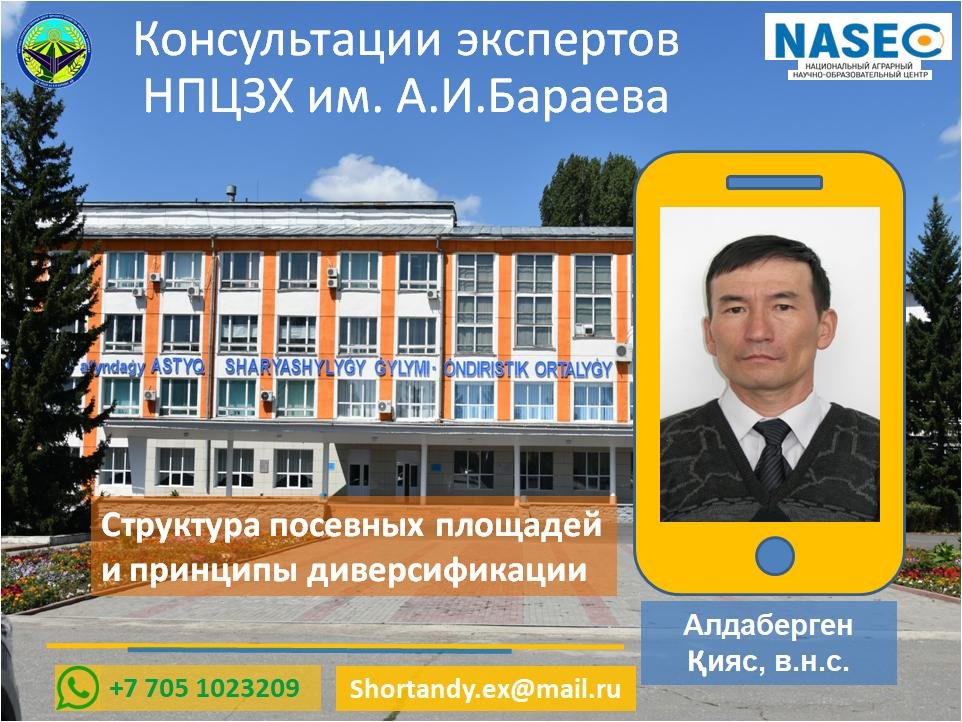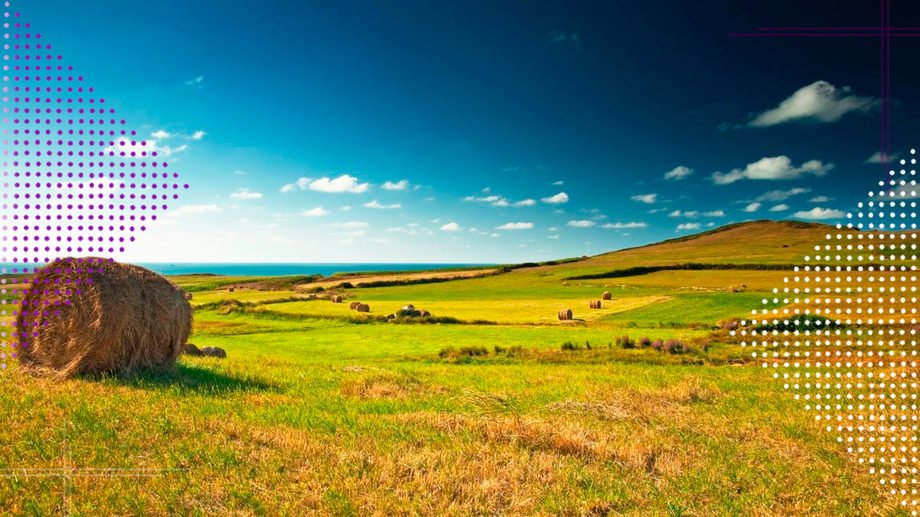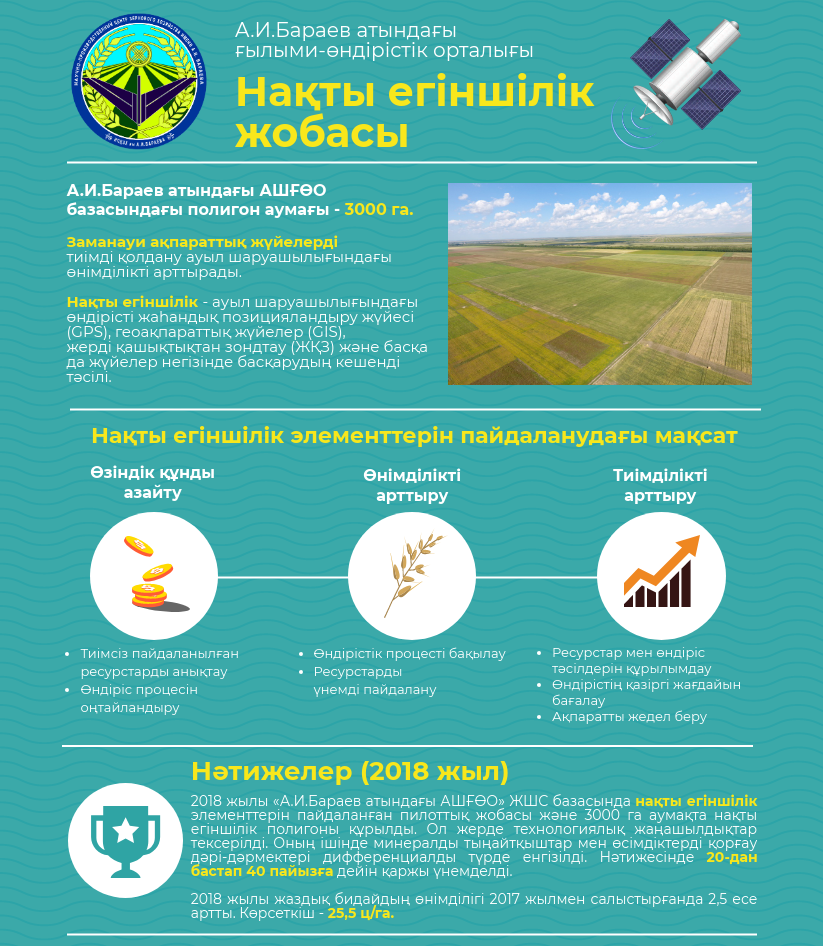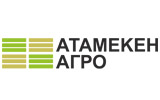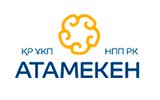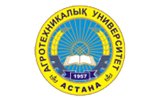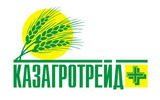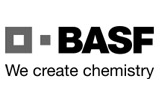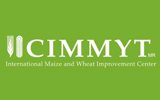The crop rotation laboratory celebrates the 60th anniversary of the continuous wheat trial
News
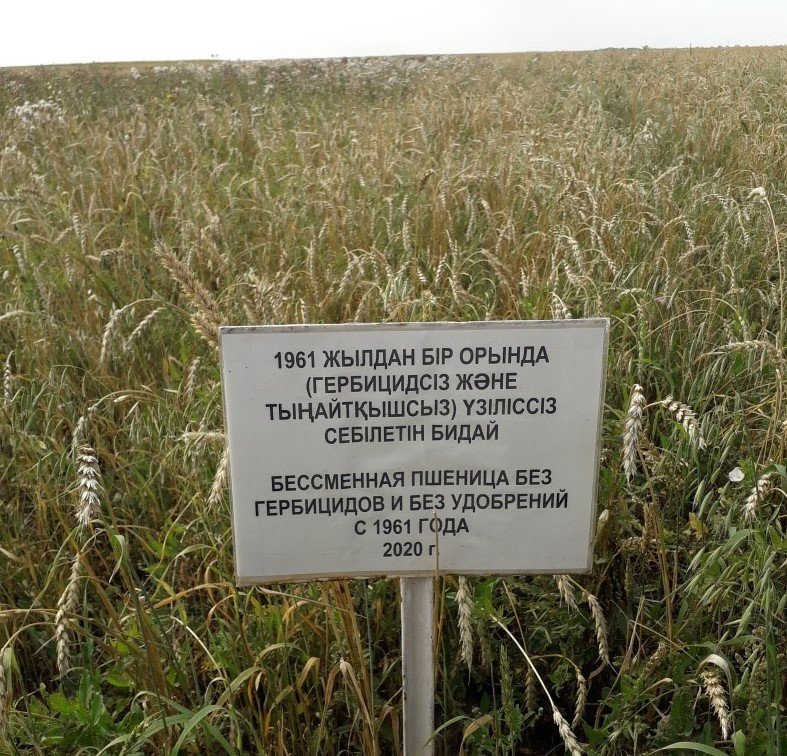
In 1961 the laboratory of crop rotations was established at A.I. Baraev Research and Production Center of Grain Husbandary (Center). The centre is located in Shortandy district of Akmola province. Since this time, the laboratory has been conducting long-term research experiments. In the experiments we study the various types of field crop rotations and the development of the structure of field crop rotations. Besides, we work on improving the arable land structure by applying the concept of crops diversification. The structure of arable lands mostly diversified by cereals, legumes, oilseeds, forage and other crops under the conditions of Northern Kazakhstan.
I would like to emphasize the cultivation of continuous crops, especially spring wheat. This year, the 60th sowing of continuous wheat has been conducted in our field trial. Since 1961 the spring wheat has been continuously sowing without the application of herbicides and fertilizers. Then, since 1971 the wheat plants have been treating with herbicides on half of the field plot. The treatment caused a gradual decrease of weediness. Up to 3 weeds per square meter were found in the plot. Since 1986 nitrogen-phosphorus fertilizers have been applying on the one-third of field plot.
Thus, the yield of crops can be increased through successful weed control, proper soil tillage, spraying of herbicides, and application of the optimal doses of nitrogen-phosphorus fertilizers during sowing. It is also necessary to practice the optimal time of wheat sowing, to use the deep flat-cut tillage, make sure to remain a high stubble cut during harvesting, and snow accumulation measures in winter. All these activities point to the possibility of the endless practice to cultivate the continuous crop in one place. The yield of spring wheat reached 37 centner/ha in the most prolific years (for example in 2002). Comparing the yield of a continuous crop and a crop following the fallow, we found an insignificant difference between both trials. The yield of the continuous crop is two centners less than crop after fallow. Moreover, it takes 21 months to get a harvest from a crop following the fallow.
The results we obtained over the years do not contradict the data of the Canadian experimental station "Swift Carrant". They have also obtained such results in their long-term field plots.
The study of field crop rotation is also aimed to optimize the structure of the sown area by diversifying crop rotation with various crops. It is important for the restoration and preservation of soil fertility and the increase of productivity in the arable land under precise farming.
851 -рет қаралды



